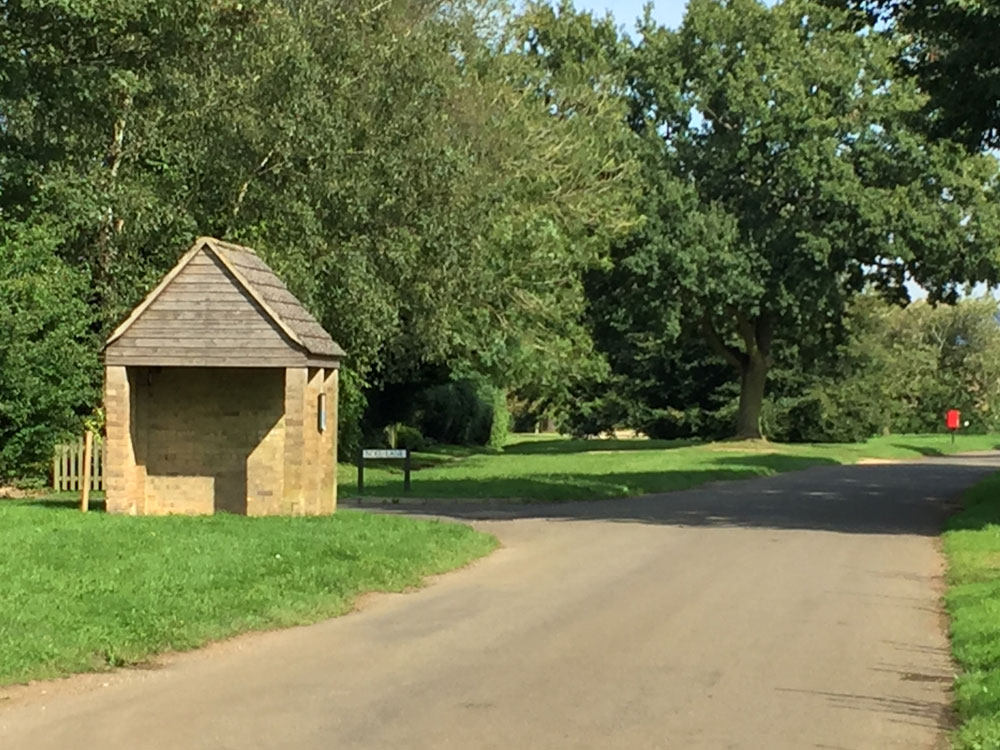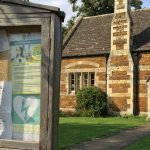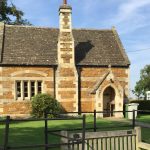Planning Consents
Ridlington Parish Council have a responsibility to inform and ensure that all residents conform to their responsibilities to apply for appropriate planning consent where needed and to show what is permissible within the law. It is a difficult issue to comprehend. As a result the Ridlington Parish Council thought it appropriate to outline here what is allowed and what you will need planning permission for from the Rutland Council Planning Officer.
Hopefully this will clarify matters and enable you to work within the law when undertaking work to your property. The last thing that anyone wants is for building or other work to be undertaken to find that what is proposed lies outside of what is legal and what is not.
Ridlington Conservation Area
Advice and Guidance for Owners and Occupiers
To download a copy of this information on Advice and Guidance for Owners and Occupiers, please click here…
 What is a Conservation Area? A conservation area is “an area of special architectural or historic interest, the character or appearance of which it is desirable to preserve or enhance”. (Listed Buildings Act, 1990). Ridlington was designated a conservation area in 1999 and is one of 34 conservation areas in Rutland. The boundaries of the conservation area are shown on the map on the reverse of this leaflet. It is not the purpose of a conservation area to prevent all new development but to manage changes to protect the character and appearance of the area. Conservation areas are not intended to be preserved as museum pieces.
What is a Conservation Area? A conservation area is “an area of special architectural or historic interest, the character or appearance of which it is desirable to preserve or enhance”. (Listed Buildings Act, 1990). Ridlington was designated a conservation area in 1999 and is one of 34 conservation areas in Rutland. The boundaries of the conservation area are shown on the map on the reverse of this leaflet. It is not the purpose of a conservation area to prevent all new development but to manage changes to protect the character and appearance of the area. Conservation areas are not intended to be preserved as museum pieces.
What is the special character of Ridlington Conservation Area?
A conservation area appraisal was adopted in February 2013. This identifies the special character of Ridlington as resulting from: − The informal siting and spacious setting of buildings, resulting in an open character with widespread trees and greenery; − The low height and density of buildings, usually set back behind front gardens; − Ridlington was an ancient hunting park and then an estate village. The isolation from other settlements to the west and north reflect that the village was a special settlement on the edge of an ancient hunting forest.
What is the effect of Conservation Area Designation?
Conservation area designation recognises that the character of the area should be protected. There are, therefore, more stringent planning controls and obligations in respect of new development, demolition and alterations and to undertake work to trees. Within any conservation area, planning permission is needed to: − clad buildings in stone, artificial stone, timber, plastic or tiles; − enlarge a house by an addition or
alteration to the roof, such as a dormer window; − extend beyond the side wall of the original house; − extend by more than one storey beyond the rear wall of the original house; − demolish boundary walls or buildings of more than 115 cubic metres; − install a satellite dish on a chimney, wall or roof facing and visible from a highway; − display illuminated advertisements. Conservation area designation means that the Council has to pay special attention to the desirability of preserving or enhancing the character or appearance of the area when considering a planning application, which are subject to extra publicity through press and site notices and consultation with the parish council.
Extra restrictions within Ridlington Conservation Area
In addition, in order to further protect the character and appearance of Ridlington, an Article 4 Direction has been made. This means that planning permission is required to alter the external appearance of houses fronting a road, footpath or open space. The restrictions apply to: − the enlargement, improvement or other alteration of a house (including alterations to windows, doors, stone and brickwork); − alterations to the roof (including a change of materials); − building an external porch; − building or altering a structure or enclosure within the garden; − hard surfacing the garden; − erecting or demolishing a gate, fence, wall or other means of enclosure; − painting the exterior of a house, outbuilding or enclosure; and − the addition, alteration or removal of a chimney on a house or outbuilding; − the installation of solar panels on front roof slopes. It is advisable to consult the Development Control section at Rutland County Council before undertaking any building work.
Repair and restoration
Rather than replacing existing features, the Council encourages sympathetic repair and restoration. By matching as closely as possible the original materials and design, the appearance of a building and the character of the area will be maintained. Planning permission is not normally required for repair or replacement where they match like-for-like with the original feature. Examples of sympathetic repair might include: − re-using original slates or tiles or re-roofing in matching slates or tiles; − re-pointing brick and stone with soft lime mortar rather than cement; − rebuilding chimney stacks; − repairing windows and doors rather than replacing them. The installation of uPVC windows and doors is not normally acceptable as the original details and appearance can rarely be replicated. Secondary double-glazing or simple draught proofing can be cheaper and better preserve the appearance of the property. Front boundary walls and hedges are important features within the village and should be carefully maintained.
Trees within the Conservation Area
Trees are an important feature and are given special protection. It is an offence to cut down, lop, top or uproot a tree without giving at least six weeks notice in writing to the Development Control section at Rutland County Council. This allows the Council to consider whether the tree is worthy of protection through the serving of a Tree Preservation Order. Certain works do not require consent. These include: − work to a dead, dying or dangerous tree which is in imminent danger (although the Development Control section at Rutland County Council should be given five days notice of proposed work to such trees); − work to a tree that is less than 75mm in diameter 1.5 metres above ground; − work by certain statutory undertakers, such as electricity suppliers; − work to fruit trees in a commercial orchard. − work required as part of a development authorised by a detailed planning approval.
Further Information – If you are considering making alterations or repairs to a building within the conservation area, you are welcome to contact Planning and Building Control: Rutland County Council, Catmose, Oakham, Rutland, LE15 6HP. Internet – https://www.rutland.gov.uk/my-services/planning-and-building-control/planning/conservation-areas/



